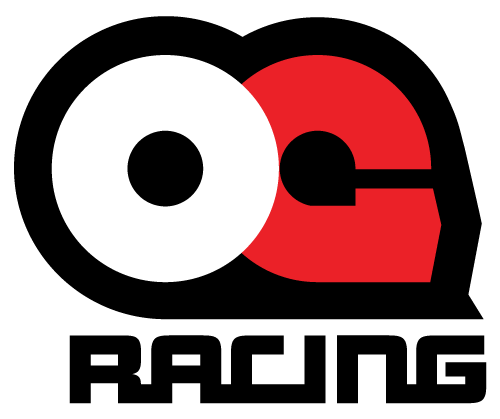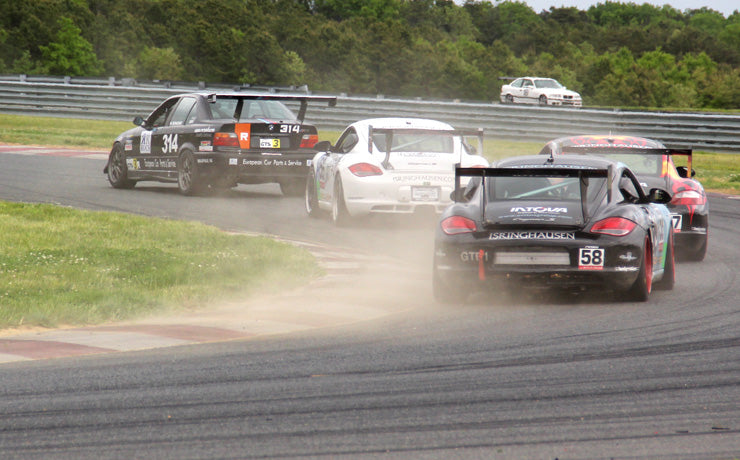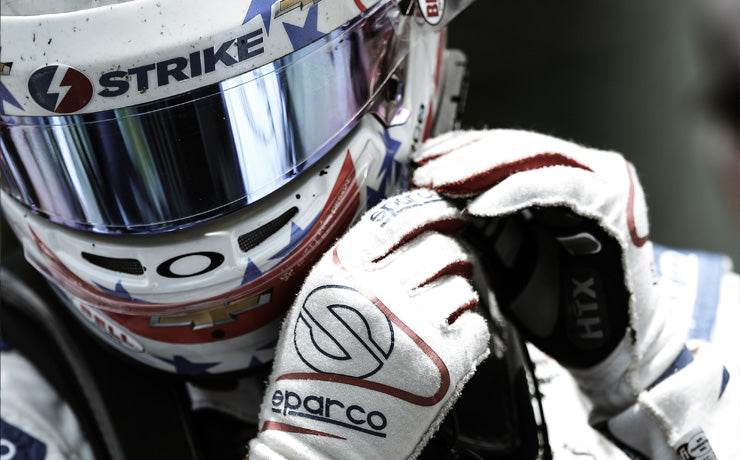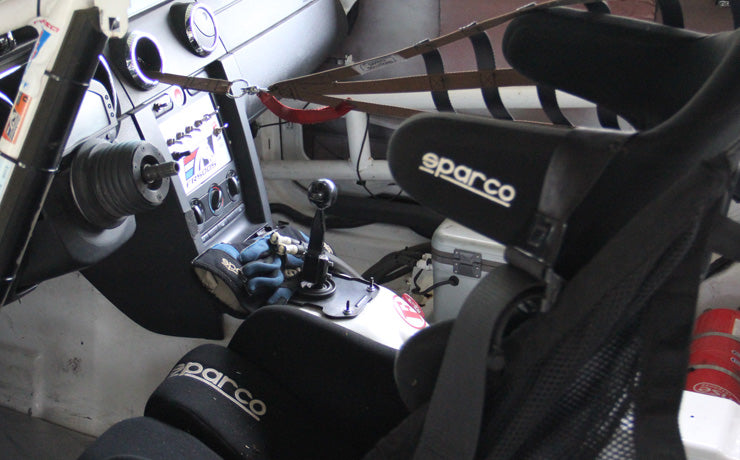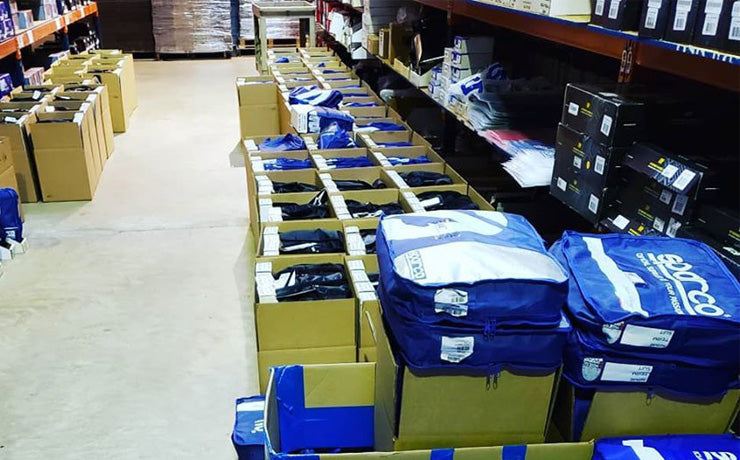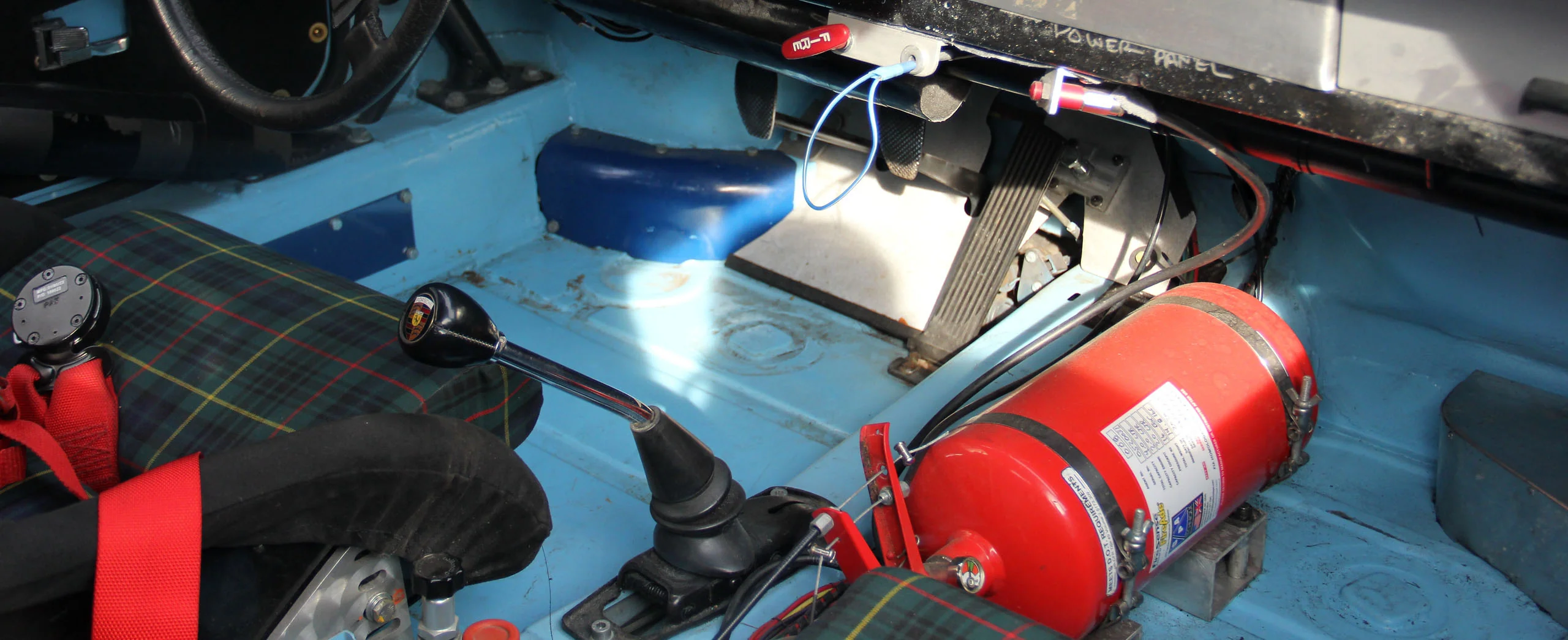
Time for a New Helmet? Understanding Snell Helmet Ratings
Are you considering a new racing helmet? In this post, we'll explore Snell Helmet Ratings. Helmets are the most critical piece of safety gear for racers and track day enthusiasts. The Snell certification is the gold standard in helmet testing and is widely recognized by all major racing organizations. Throughout this blog, we will showcase a handful of our top-selling helmets with images and captions explaining why they are excellent choices!
SA Ratings: Expiration Dates
SA ratings are valid for ten years, with new Snell ratings released every five years. If you have an SA2015 helmet, it will expire at the end of 2025. If you have an SA2020 helmet, it will expire at the end of 2030. Always refer to the rule book of the track day/race organization you drive.
Coming in at $339, the HJC H10 helmet is equipped with two top-front vents, two chin-bar vents, and two rear exhaust ports and a soft interior.
How often should you replace your racing helmet?
It's a good idea for anyone racing or driving on track consistently throughout the season to replace their helmets more often than once a decade. This is due to general wear and tear of the helmet—especially damage to the energy-absorbing foam liners that occurs over time when taking the helmet on and off. A helmet with worn-out padding does not fit safely and effectively, which makes it more likely the helmet will shift or even come off during a crash. For these reasons, Snell recommends replacing helmets after five years of normal use. Most people will replace their helmets every 3-5 years due to wear. We seldom see folks going ten years with the same helmet.
Sparco’s Air Pro RF-5W features carbon-Kevlar/fiberglass construction. Removable padding makes it easy to keep this helmet fresh! Available in Red or Black interior lining. $899.
When can you expect to see SA2025-rated helmets?
SA2025 requirements will be released to manufacturers in early 2025. After receiving the new specs, manufacturers can begin developing the new Snell-rated helmets. If there aren't many design changes, manufacturers will generally re-homologate existing designs.
With 35 years of specializing in racing safety gear, OG Racing has seen our fair share of updated Snell helmet ratings. We generally don't start seeing the fresh Snell-rated helmets until at least the fall of the year the most current ratings are released (2025 will be the next release). Manufacturers will ship to distributors like us once they produce new helmets that are updated to the new Snell specs. This means distributors start seeing deliveries at the end of the year when the new requirements are released.
Shown above in Bell’s iconic Carbon Fiber, the Bell M.8 is a signature classic from Bell. This helmet is most recommended for those who wear eyeglasses thanks to it’s wider and taller eyeport. $549.95
The bottom line:
Your noggin is precious, and your helmet is its first line of defense. A poorly fitting helmet is as risky as riding without one at all. Most drivers replace their helmets every 3-5 years due to wear and tear. It's rare to find someone using the same helmet for a decade. So, don't let SA ratings discourage you from upgrading your helmet for maximum safety on track!
The Stilo ST5 GT Helmets are constructed using two shell sizes- one for X-Small through Medium, and another for larger sizes- allowing for weight savings without sacrificing fit. Side-mounted ports allow for the easy integration of intercoms, hydration systems, forced-air, or all 3! $999.
More about Snell Ratings:
Snell has set the standard and has been testing helmets since the 1950s. It is an independent, third-party, non-profit helmet standard and testing organization. Voluntary Snell Standards are the most stringent for impact protection. After passing certification testing, every Snell helmet model in the retail market is randomly purchased and tested at the Snell lab to ensure adequate protection. The Snell Foundation tests thousands of helmets each year. Snell ratings tell users that helmet safety performs its most important function: protecting your noggin from collision.
The G-Force Revo features a lightweight strategically reinforced shell, a network of intake and exhaust ports throughout and a soft-knit, hypoallergenic and flame resistant liner. Starts at $319, check out the Revo Flash and Revo Carbon for additional options.
Snell Rating Testing:
The Snell Foundation uses different tests and ratings for racetrack, karting, or motorcycle use. Snell certification of helmets for drivers on a racetrack is the Special Application (SA) category. Helmets with an M rating were designed for Motorcycle use, and K is for karting applications. The key differences between the ratings above are that SA Standards require flammability and rollbar impact tests for extreme impact resistance, while M does not. The SA standard allows a narrower visual field (shorter eye-port) than the M standard. Snell Karting-rated helmets are subjected to the same testing standards as SA helmets, except they do not require a fire-retardant interior.
Prioritizing Safety:
Your safety on the track is of utmost importance, and investing in a high-quality, certified helmet is a crucial step in safeguarding yourself while pursuing your passion for racing. Stay informed about the latest Snell ratings and advancements in helmet technology to make well-informed decisions when upgrading your safety gear. Drive safe and stay protected out there!
